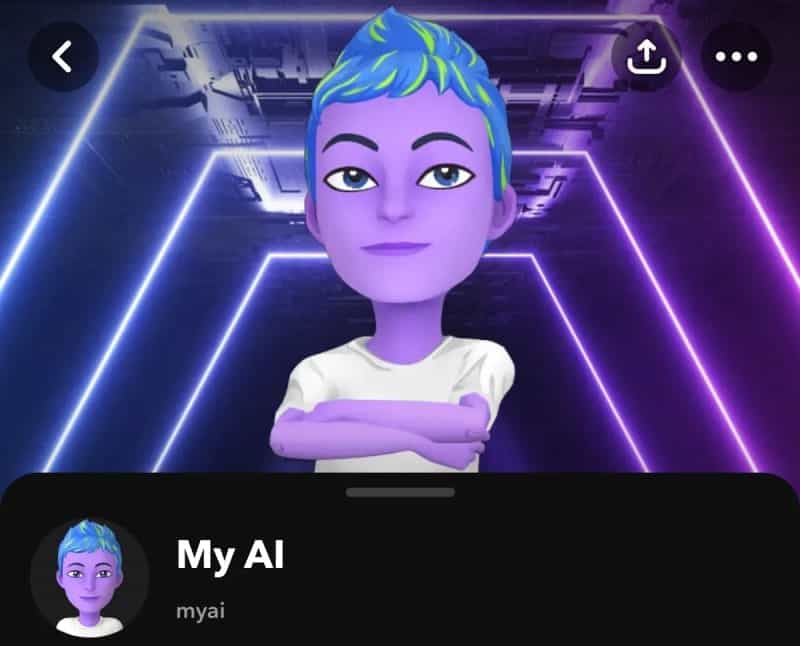Augmented reality and artificial intelligence: two very similar fields
Augmented reality (AR) and artificial intelligence (AI) are two technologies that are often in the digital news. They arouse both admiration and fear of the unknown, and their capabilities go far beyond what we could have imagined a few years ago.
Artificial intelligence and augmented reality, two different concepts that come together
Artificial intelligence
Artificial intelligence is spreading to virtually every field. Whether it's improving a building plan or simply offering music that's right for a user, artificial intelligence goes further than what humans are capable of doing, saying or thinking. Even though it is basically just a machine imagined and built by man, its capabilities are becoming increasingly fascinating. In reality, artificial intelligence is based on a well-defined algorithm capable of carrying out a multitude of queries. It's a bit as if, in its system, it combines all the human intelligences to make one and offer more solutions.
Augmented reality
Augmented reality is also making its mark in many areas of our daily lives. Working in a different way to artificial intelligence, augmented reality combines the real world with virtual elements. This is how it manages to offer successful and original immersive experiences on social networks.
What do these two technologies have in common?
Although they don't work in the same way, the two features do have some similarities. Firstly, they are both accessible to everyone, whether they are ordinary users or businesses. They are also available on any surface, at any time of day, and require an internet connection. And of course, in this age of continuous improvement, they are both highly sought-after and coveted by all areas of activity.
Contact
Social networks, the core of these two technologies
Social networks have recently embraced this technology in order to offer users more functionalities.
Social networks and augmented reality
Roller filter
You've probably already heard of augmented reality filters. Not just because we're a filter creation agency (far be it from us to think that way), but above all because they're everywhere on social networks. There are a multitude of augmented reality filters:
Available on Snapchat, TikTok, Instagram and many other platforms, augmented reality filters only appeared in 2019. Their originality and authenticity have won over all the users of these platforms, who now find it hard to do without them.
Of course, augmented reality is also used for other purposes, such as aeronautics, sport, education and cooking. Anything is possible with this technology, which is capable of representing any object virtually. This is also possible with augmented reality headsets or glasses.
Social networks and artificial intelligence

Artificial intelligence combined with social networks is the new trend these days. We've all heard of Snapchat, which created a buzz with its MyAI avatar based on the company's artificial intelligence. OpenAI. This little character is accessible to every Snapchat user and maintains a relationship with them via chat. In the same way as ChatGPT, MyAI responds to all queries, but goes even further by forging a real bond with the user the more they talk together.
Joint use of the two functions
Although augmented reality and artificial intelligence represent two distinct and different technologies, the fact remains that combining them offers a multitude of possibilities. Indeed, when augmented reality is supported by artificial intelligence, its capabilities are increased tenfold. Artificial intelligence gives it the opportunity to identify and understand the world around us more precisely and subtly. As a result, the virtual environment suddenly becomes not only more intelligent but also more personal.